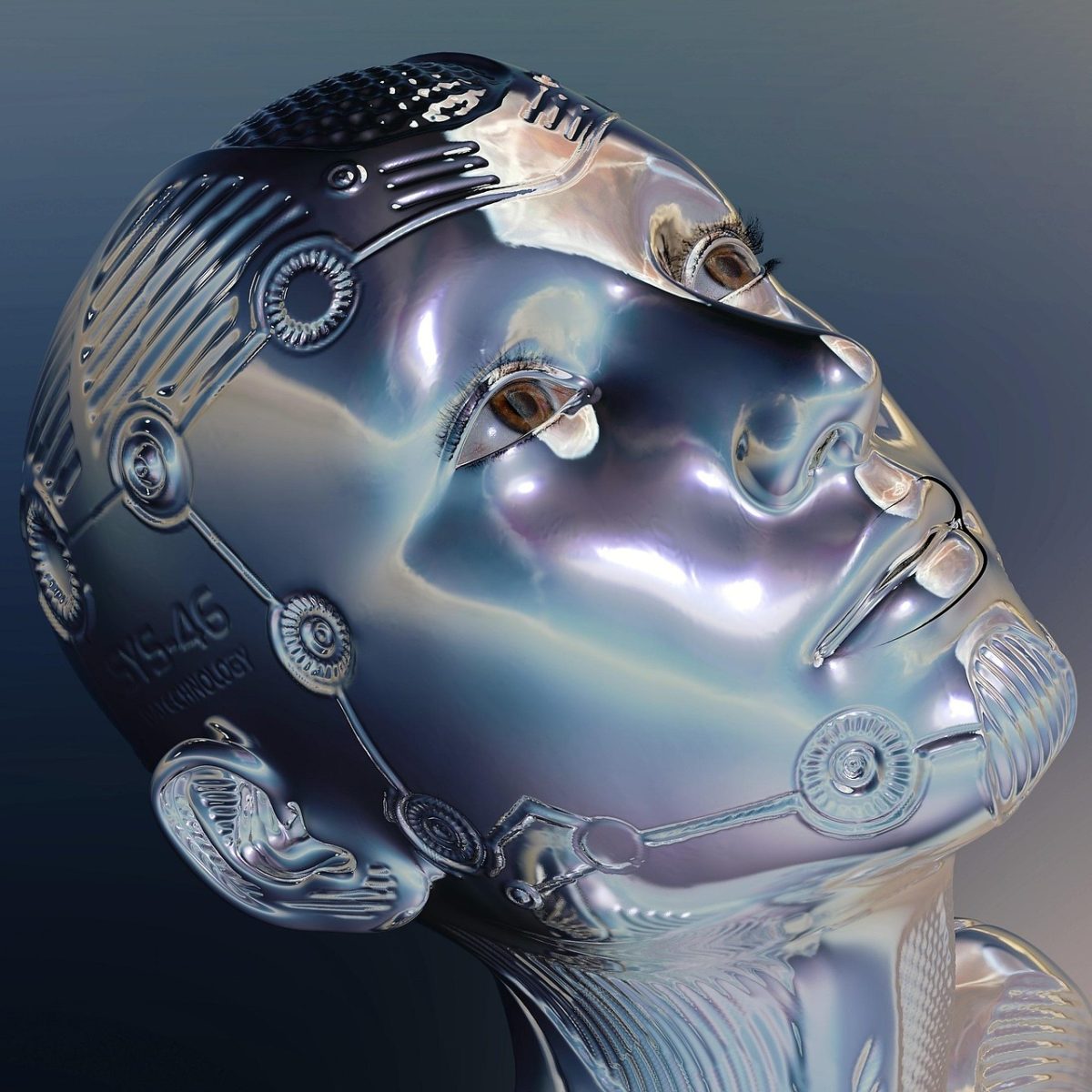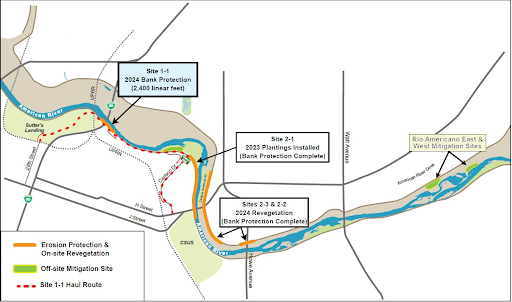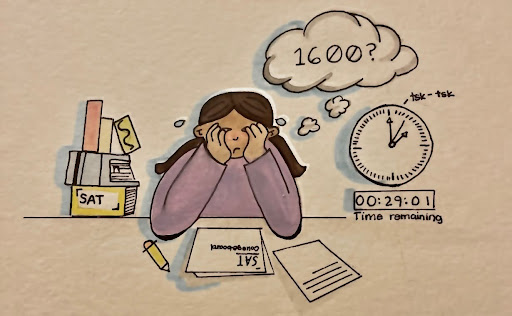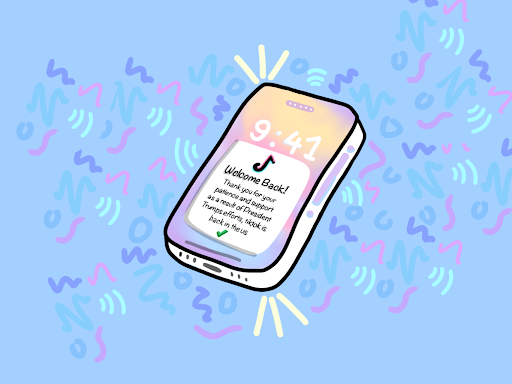Artificial intelligence is rapidly transforming modern education, reshaping how students learn, teachers instruct, and institutions operate—ushering in a new era of personalized learning, automation and data-driven decision-making.
This is the result of asking ChatGPT to “write a lede statement talking about the role of AI in modern education”.
Although I can already see the question marks in my editor’s emails, and despite my personal dislike of generative AI, I was curious about what ChatGPT would produce. As a recent high school graduate and survivor, I’ve bore witness to a fair share of AI usage in classrooms from students and teachers alike, although I had never truly used it myself. Until now, of course. Within seconds, I had a full sentence that operated as a solid lede statement– all it took was a mere request and access to the Internet.
With the commercialization of large language models and generative chatbots, artificial intelligence has become increasingly accessible in the public sphere. People are able to write ledes, start scientific research, and receive mental health advice from AI.
In the realm of education, AI has slowly become a familiar face. Students have taken advantage of artificial intelligence, with 7 in 10 students using at least one AI tool, according to a survey from Common Sense Media in 2024. ‘Homework help’ was cited as the most common reason.
Although the number minimal, some teachers have joined students in embracing AI. According to a study conducted in the fall of 2023, around 18% of K-12 teachers nationwide have reported using AI for teaching.
Around half of those teachers are using generative AI chatbots. For teachers, the new technology is a treasure trove for personalized learning, an adaptive teaching approach that tailors the learning experience to meet the unique needs and interests of students. And for students, AI is a new way to learn and explore.
All About Me: Personalized Learning and the Role of AI
In my freshman year of high school, when everything was new and strange, I became friends with a girl who always wore an assuring, genuine smile, laughed loud in the halls, and carried a natural exuberance to her wherever she went. She loved our high school– that was a fact.
So you could imagine my surprise when she told me that she had to transfer at the end of the year. The reason? Our school couldn’t accommodate her needs. Although she had diagnosed ADHD, she wasn’t allotted longer exam times or constant one-on-one support from teachers.
Students like my dear friend demonstrate the importance of personalized learning. With artificial intelligence, such accommodations and teaching approaches are now possible, decreasing educational inequality and enhancing the learning experience.
Some districts are attempting to harness that potential. In the 2023-24 school year, 23% of districts nationwide had already provided training on AI with another 37% intend to do so at some point, according to the Center on Reinventing Public Education at Arizona State University.
The Center also notes the various ways personalized learning can occur with AI. From customized tutoring and lesson plans, automating certain tasks, and adapting materials for different age groups and learners, artificial intelligence lightens teachers’ workloads while also creating resources to easily adapt curricula for students and their needs.
Educators now have a new tool to recognize and support underrepresented students– and it takes a fraction of a second to use it. For a nation with educational disparities across the board, AI can start to close the gaps that have left generational wounds.
Personalized learning also goes beyond accommodations. With AI, students become their teachers: they’re able to dive deeper into topics they’re passionate about, go beyond state standards, and are allowed more autonomy in their studies. For example, students are using AI for research assistance, encouraged by none other than their universities– Baylor University has an entire webpage on using ChatGPT to generate research topics.
For an education system that has faced criticism for emphasizing standardized testing and memorization, AI could be the answer to restoring creativity and critical thinking. The nation’s report card, formally known as the National Assessment of Educational Progress, marks an alarming trend of declining proficiency rates in students. Ironically, school districts have never spent more on their students– New York City spends $38,000 per student per year, says the Discovery Institute.
While some critics think we should increase funding for schools (which has already happened in various districts) or hire more teachers, few argue to change our education system– a change never done before, but has never been needed more.
No Child Left Behind: Wealth Disparities and the Digital Divide
Of course, the upheaval of the American education system is not happening overnight, nor will it be met without resistance. Artificial intelligence itself is already controversial, sparking anger, confusion, and distrust.
In Seattle, New York City, and Los Angeles, AI chatbots have been banned in public schools. 72% of college professors are concerned about cheating using ChatGPT. But while cheating is currently the biggest concern, AI usage represents a more sinister, subtle threat.
An increase in AI usage only worsens the digital divide. Without the money to support infrastructure, implement training for teachers, or teach technology in curriculums, AI becomes another obstacle for students and teachers. Even if every school district received all the funding needed to fully support its students, marginalized communities would still fall behind– which is happening now.
In 2020, the Pew Research Center found that 36% of low-income students couldn’t finish their homework because they didn’t have a computer. Without access to technology or the Internet at home, students won’t show the same academic results, even if they learn how to use digital devices at school.
If artificial intelligence becomes just as prevalent with computers, low-income students and marginalized communities will continue to fall behind. And this doesn’t only apply to assignments or experience for the future– students can’t explore topics in the same way their peers do with AI, stifling their potential and stagnating creativity. Paradoxically, artificial intelligence both increases and decreases educational inequality.
Good vs. Evil: What’s Next for AI
Artificial intelligence is a double-edged sword, as is the case with all technological innovations. If we don’t correct the failures of the world around it— the structure of the school system, wealth-based inequalities– AI becomes a weapon. But AI is also a tool, with the ability to transform the learning experience and foster meaningful skills.
While we can only make predictions on what AI will look like and what role it’ll play in education, one thing is certain: it’s not going away. Much akin to iPads and the Internet, future generations will grow up alongside artificial intelligence. It’s important to be ahead of the curve, rather than under it.
The American Psychological Association puts it best: “K–12 schools are at the forefront of figuring out practical, operational ways to use AI, because they have to. Teachers are facing a room full of people who are very much at the cutting edge of technology”.









